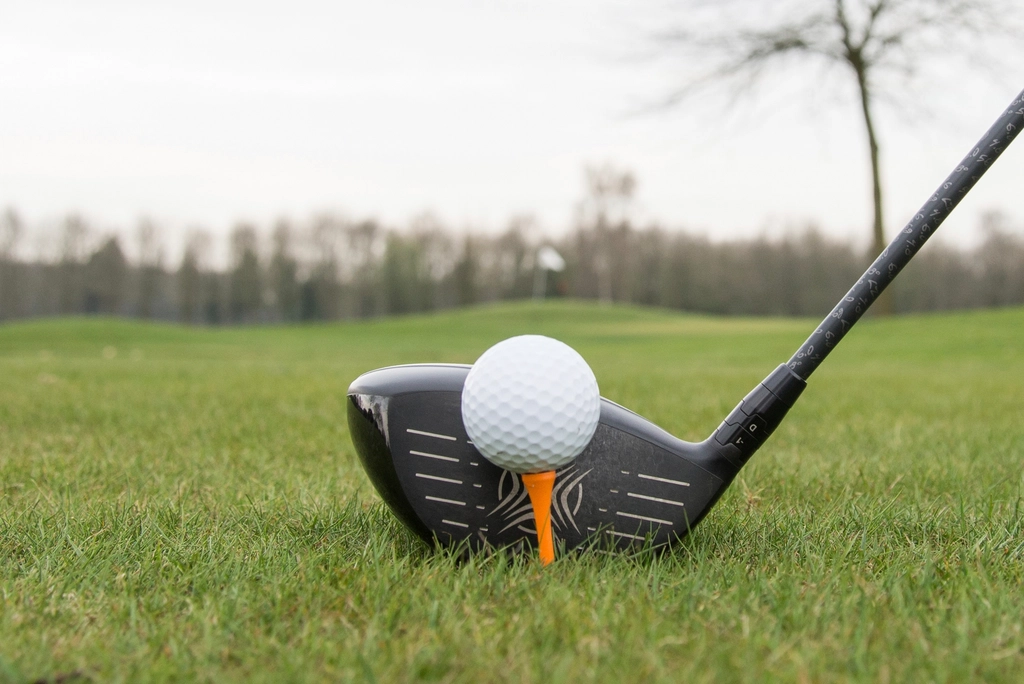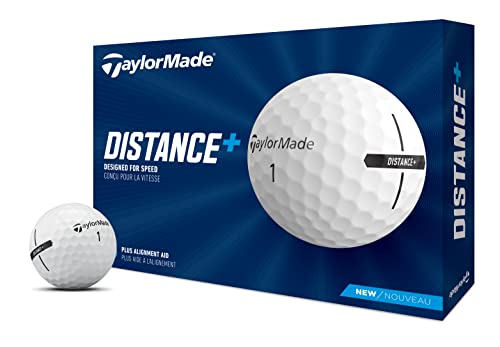Understanding Golf Ball Construction
Golf balls are intricate devices that significantly influence performance on the course. The construction of a golf ball typically consists of three primary layers: the core, mantle, and cover. Each of these components plays a crucial role in determining how the ball behaves during play.
The core, which is often made from rubber or synthetic materials, forms the innermost part of the ball. A key factor related to the core is its compression rating, which can range significantly. Low-compression cores are designed for players with slower swing speeds, allowing maximum energy transfer and distance. Conversely, high-compression cores are beneficial for players with faster swings, offering better control and spin.
Surrounding the core is the mantle layer, which can further enhance performance characteristics. The mantle serves to modify spin rates. Balls with two-piece constructions typically lack a distinct mantle; the core is directly enveloped by the cover. In contrast, multi-layer balls feature an added layer, enabling varying degrees of spin control, which can be advantageous for experienced players seeking to fine-tune their shots.
The outer cover, often composed of either Surlyn or urethane, significantly influences the ball’s feel and durability. Surlyn covers are generally more resistant to scuffs and provide a firmer feel, whereas urethane covers are softer and promote greater spin around the greens, catering to players who prioritize control and touch.
By understanding the basic components of golf ball construction—core, mantle, and cover—players can make informed decisions that align their choice of ball with their specific swing speed and playing style. Ultimately, this awareness leads to improved performance on the course, fostering a more enjoyable and effective golfing experience.
The Importance of Swing Speed
Understanding swing speed is crucial for golfers as it directly influences the choice of golf ball and overall game performance. Swing speed refers to the velocity of a golfer’s clubhead at the point of impact with the ball. It is classified into three main categories: slow, medium, and fast. Each classification correlates with specific golf ball types designed to optimize distance and accuracy, significantly impacting a player’s overall game.
For golfers with a slow swing speed, typically below 85 mph, using a softer golf ball can enhance performance by providing better feel and increased compression. This allows for greater control and can help maximize distance, as these balls are designed to compress more easily upon impact. Meanwhile, golfers classified with medium swing speeds, ranging from 85 to 105 mph, benefit from a balanced golf ball that caters both to speed and control attributes, allowing them to achieve a blend of distance and accuracy.
Conversely, fast swing speed golfers, on average above 105 mph, should opt for harder golf balls that can withstand the force generated during their swing. These balls are engineered to reduce spin and promote a straight trajectory, encouraging longer distances while maintaining accuracy. Therefore, understanding one’s swing speed is imperative for selecting the correct golf ball that complements individual playing style and enhances performance.
Measuring swing speed can be accomplished through various methods, including the use of radar devices, launch monitors, or even mobile applications designed for this purpose. Golfers are encouraged to test their swing speed under different playing conditions to ensure accurate results. By applying consistent practices when measuring swing speed, golfers can make informed decisions that will optimize their game and benefit their overall performance on the course.
Selecting the Right Golf Ball for Your Play Style
When it comes to selecting the right golf ball, understanding your swing speed is paramount. Golf balls are designed to cater to different swing speeds and styles, which can significantly affect performance and overall play. Players with slower swing speeds (typically below 85 mph) often benefit from softer balls. These balls tend to compress more easily, allowing maximum energy transfer, resulting in greater distance and improved feel. A soft ball, such as a low-compression model, can enhance trajectory and provide a more enjoyable experience for those who may struggle with distance.
For golfers with medium swing speeds (ranging from 85 to 105 mph), a balance between distance and control is crucial. Golf balls suited for this category often feature a moderately firm construction. Mid-compression balls typically offer adequate spin for better accuracy on approach shots while still providing sufficient distance off the tee. Look for options that emphasize performance in various course conditions, including wet or dry surfaces.
Fast swing speed players (above 105 mph) generally perform best with firmer balls, as these provide optimal energy transfer and lower spin rates, resulting in longer, straighter shots. The added firmness can help maintain control and workability around the greens, making them ideal for more advanced players. Golfers in this category may want to consider premium multi-layer balls that offer enhanced performance through advanced technologies designed for increased distance, accuracy, and spin control.
Weather and course types also play a crucial role in golf ball selection. For instance, wet or windy conditions may require a different ball than dry, calm days. In general, understanding your swing speed and playing conditions can guide you toward the most suitable golf ball, ultimately leading to improved performance on the course.
Testing and Personal Preference
When it comes to selecting the right golf ball, personal preference and thorough testing play crucial roles. Each golfer presents a unique swing speed and style of play, making it imperative to experiment with different balls to identify which one optimally complements your game. Testing golf balls can be conveniently done on the course or during practice sessions, providing valuable insights regarding performance traits such as distance, feel, launch angle, and spin.
To begin your testing process, start by choosing a selection of golf balls that fall within your budget and are suited to your identified swing speed. It is advisable to select various types from both premium and mid-range options. During your practice sessions, allocate time to hit several dozen shots with each ball, focusing on how they react under similar conditions. Documenting key metrics such as distance achieved with each ball, and how they feel off the clubface, can provide clarity and help narrow down your options.
For a more comprehensive evaluation, consider incorporating a launch monitor that tracks your shots’ performance. This data can offer insights into critical factors like ball speed, spin rate, and launch angle. By analyzing these metrics, you can better understand how different golf balls respond to your swing. Additionally, remember that feel is paramount; a ball that feels right to you can significantly enhance your confidence during play.
Encourage peer comparisons by engaging fellow golfers in testing sessions. Observing how different balls perform for others can supply perspectives you may not have considered. Ultimately, the goal is to find a golf ball that not only enhances your performance but also resonates with your personal style of play, ultimately leading to an improved overall golfing experience.





Leave a Reply